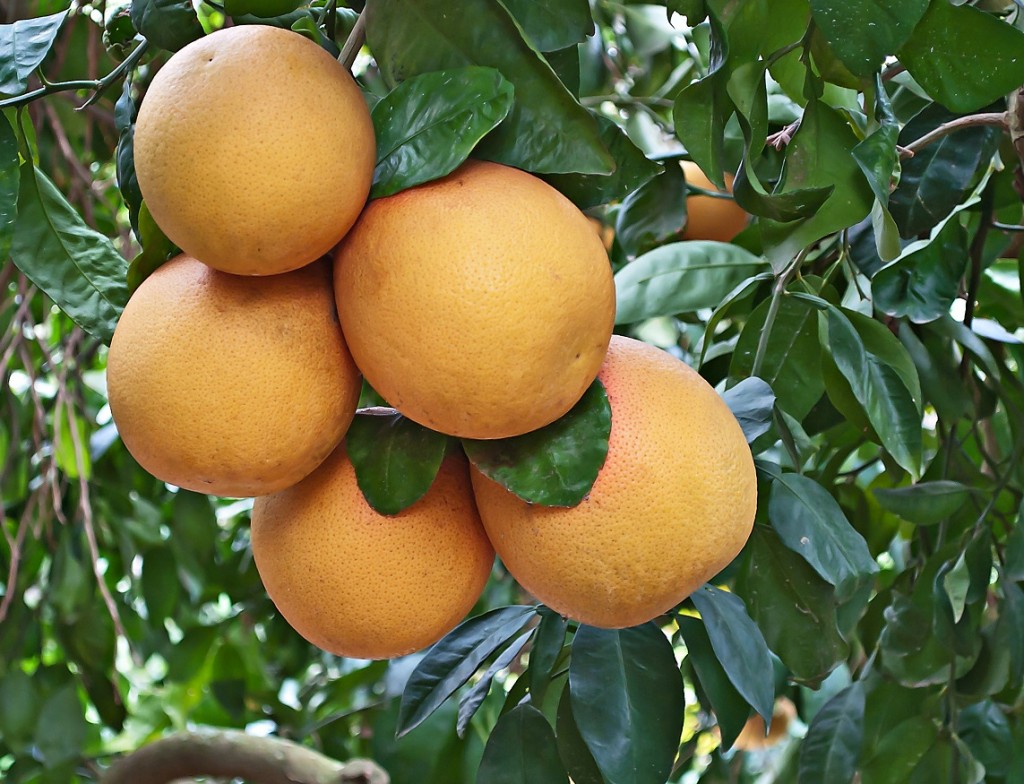California: Citrus greening found in Riverside County

“The discovery of this disease means all citrus trees are at risk," said the county's Agricultural Commissioner/Sealer Ruben Arroyo.
State and federal officials have confirmed the presence of citrus greening in the key Californian citrus-growing county of Riverside, representing an eastward expansion of the disease from the quarantine areas of Los Angeles and Orange County.
The California Citrus Pest & Disease Prevention Program announced yesterday that the disease, also known as Huanglongbing (HLB), was detected in a California Department of Food and Agriculture (CDFA) sample collected July 10 from a grapefruit tree in a residential neighborhood in the city of Riverside.
According to the CDFA's citrus acreage report for 2016, Riverside County is the state's leading grapefruit-growing region in terms of planted area, with 3,887 acres.
Riverside is the state's third-largest county in land dedicated to lemon cultivation (5,128 acres), while it has a commercial production presence in mandarins (1,895 acres), Navel oranges (1,482 acres), Valencia oranges (985 acres) and other specialty citrus varieties.
In cooperation with the Riverside County Agricultural Commissioner’s Office and the United States Department of Agriculture (USDA), the CDFA has begun an extensive survey and treatment program.
Crews will remove and dispose of the infected tree and are preparing to treat citrus trees within 800 feet for infestations of the Asian citrus psyllid (ACP), the vector that carries HLB.
Taking these steps is expected to "remove a critical reservoir of the disease" and insects that can spread the disease, an essential tactic in protecting nearby citrus.
The bacterial disease attacks plants’ vascular system but does not pose a threat to humans or animals. The Asian citrus psyllid can spread the bacteria when the pest moves from one location to another, feeding on citrus trees and other plants. Once a tree is infected there is no cure and it typically declines and dies within a few years.
“The discovery of this disease means all citrus trees are at risk — including homegrown trees enjoyed by residents and thousands of acres of trees cared-for by citrus farmers,” said the county's Agricultural Commissioner/Sealer Ruben Arroyo.
"It’s important for residents, growers and agricultural officials to work together to quickly find this disease and stop its spread.
"I encourage everyone to visit CaliforniaCitrusThreat.org to review symptoms of the disease and report disease sightings."
A quarantine will be established in the area where HLB was detected, and this will prohibit the sale of all host nursery stock and the movement of all host plants and fruits within a five-mile radius of the find, and applies to residents and commercial operations alike.
In a release, industry group California Citrus Mutual said local, state and federal agriculture authorities were also working together to determine potential implications to the University of California, Riverside, which will fall within the five-mile qurantine area.
"Abandoned groves are a significant challenge in Riverside County and adjacent San Bernardino County – an issue that CCM has been working with local growers, elected officials, and County Ag Commissioners to address," CCM said.
"Riverside County Agricultural Commissioner/Sealer Ruben Arroyo (previously of Kern County) plans to take an aggressive stance on any abandoned groves in the area, and has the support of the Board of Supervisors to begin the process of abatement on offending properties.
"The proximity of the find to UC Riverside is concerning, however, the University has assured CCM that they have processes, infrastructure, and permits in place to continue their essential research, protect the citrus variety collection, and provide pest and disease-free bud wood through the Citrus Clonal Protection Program."
In the coming weeks, CCM staff will be meeting with state and federal legislators to identify opportunities for additional collaborative outreach.
HLB is known to be present in Mexico and in parts of the southern United States. Florida first detected the pest in 1998 and the disease in 2005.
he University of Florida estimates that the disease causes an average loss of 7,513 jobs per year, and has cost growers US$3 billion in lost revenue since it was first detected there. The Asian citrus psyllid was first detected in California in 2008.
Related story: California authorizes state funds to help stop citrus greening
Photo: www.shutterstock.com















































